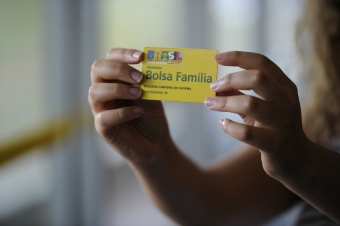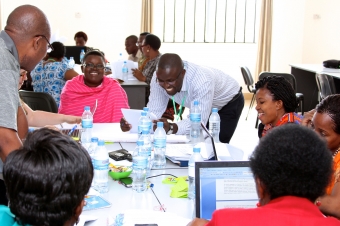Summary:
The main point of the activity is the relationship of account concepts of tax influences for companies that receive third-party revenue. The knowledge of relating basic concepts of Tax Law and Accounting Sciences expect by the students, applying them to individual cases and identifying situations that require a business context. For this purpose, they are encouraged to discuss and solve situations that a legal issue related to third-party revenue shows.
Objective:
- GENERAL GOALS: deal with income and sales concepts, their relationship with so-called cash basis and competence for bookkeeping;
- SPECIFIC GOALS: Offer students a concrete case, where a tax affects companies that receive revenues from third parties. In other words, revenue passed only temporarily for its accounting and soon are transferred to third parties (as in rate management of credit cards and in the case of advertising agencies);
- The students are intended to develop:
- contextual comprehension related to their own understanding about some basic and comprehensive concepts of Tax Law and Accounting.
- technical-dogmatic knowledge, knowing and applying in practice the general concepts of Tax Law and Accounting in confrontation with concrete cases.
- advisory capacity, identifying incidences and taxes, as well as bookkeeping real business situations.
Dynamics:
- TEACHING METHOD: critical reading methods, Problem-Based Learning (PBL) and Socratical dialogue, before and during the class.
- REQUIREMENTS: there was no previous mandatory reading;
- The workshop is divided in four stages. The students previously performed the first two at home and the other two were developed in the classroom.
A) PREVIOUS REQUIREMENTS:
- The student received a reading doctrinal statement/legislative/precedent law case, divided into "basic reading" and "further reading" (1h15min);
- Based on the readings, the student must analyze a case presented and answer in writing the questions asked about the situation involving issues of tax law and accounting (1h15min);
B) CLASS DYNAMICS:
- INTRODUCTION TO THE DYNAMICS: the class was divided into small groups (from three to six students), and the professor and his assistants led discussions on the readings, the problem analyzed and took specific questions on the content (1h20min);
- DEVELOPMENT AND END OF THE DYNAMICS: in the second part of the lesson, the professor made an overview of the content; systematized concepts presented other possible solutions to the case and eventually an overview on how other handles scholars and jurisprudence. The professor also presented other related cases, sometimes with greater complexity and additional elements, always interactively and encouraging the participation of students (2h);
- ATTENTION IN THE CLASSROOM: Students who participated in this class had previous knowledge of basic account.
Evaluation:
- FEEDBACK: the exercises were corrected and returned to the students with comments after the class;
- GRADE EVALUATION: the exercises solved at home by the student (all exercises made up 30% of final average) and participation in class (the grade made up 30% of the final average).
Observation:
Copyright from the cover page image (cropped):
Image: "Le collecteur d'impôts", provided by the Wikimedia Commons user "Yelkrokoyade" author: Jan Matsys, under the GFDL license (http://www.gnu.org/copyleft/fdl.html) or CC BY-SA 3.0






